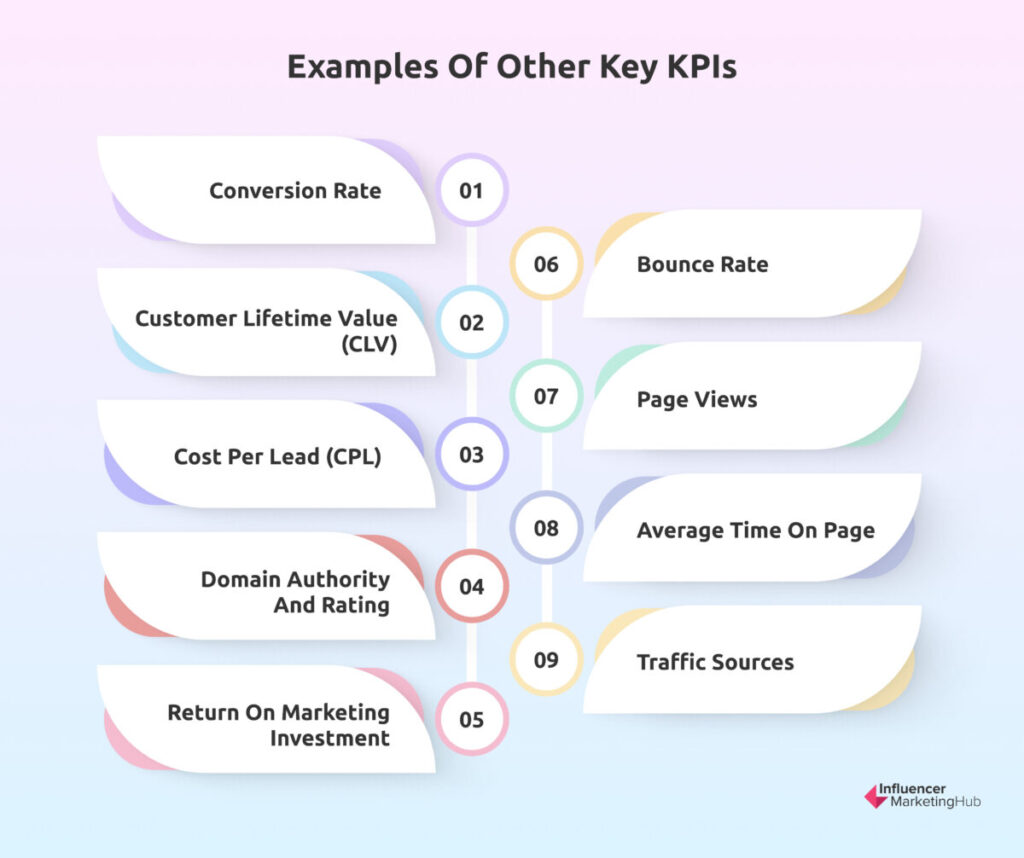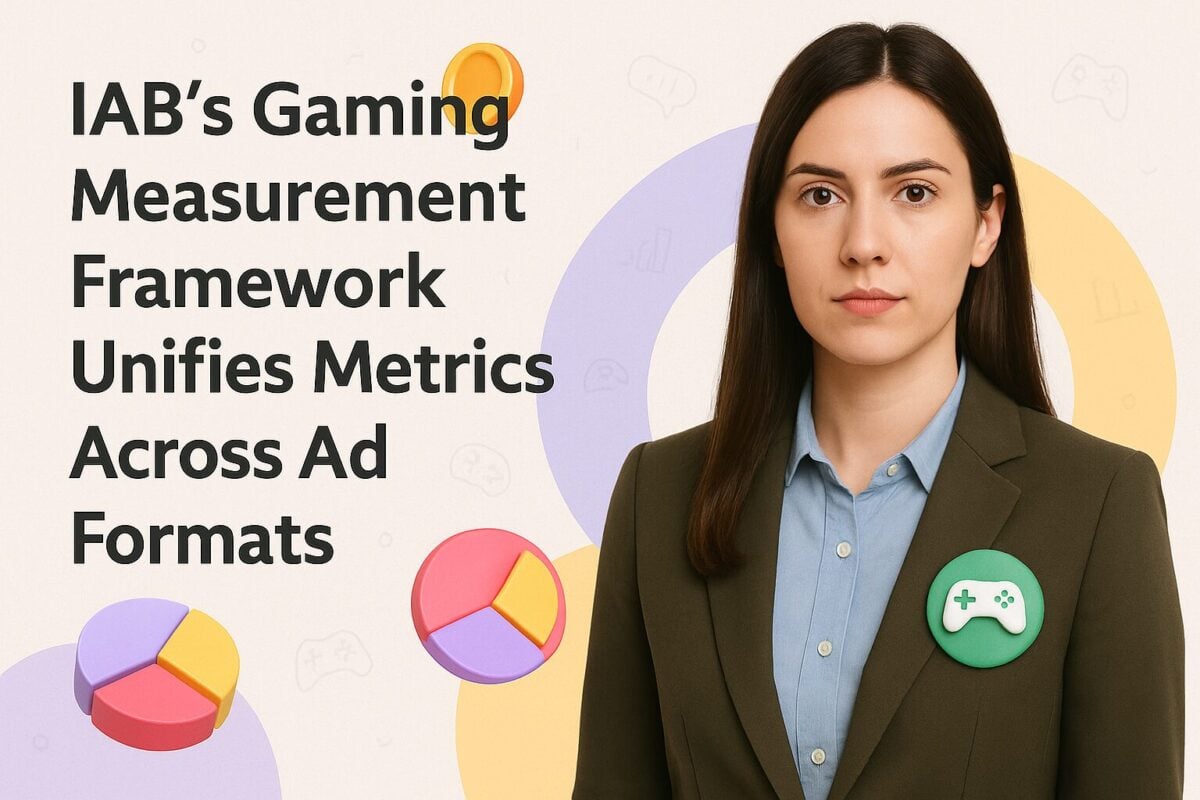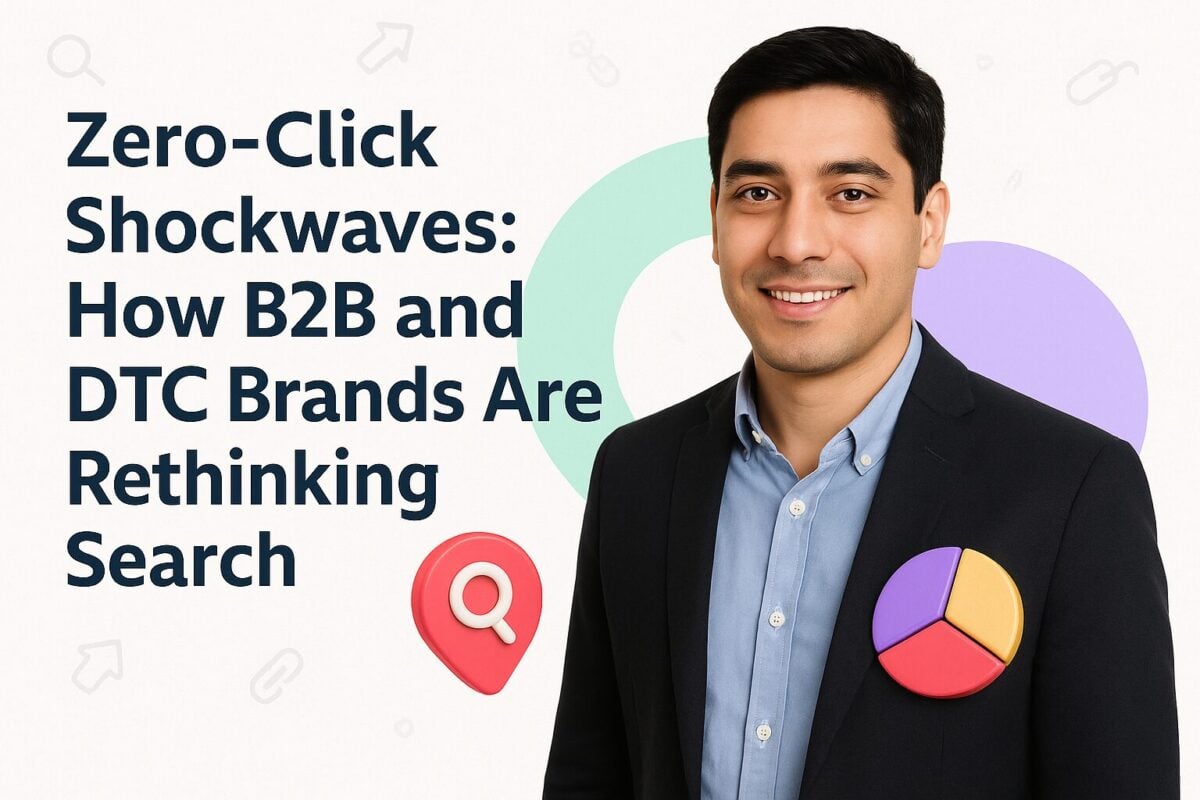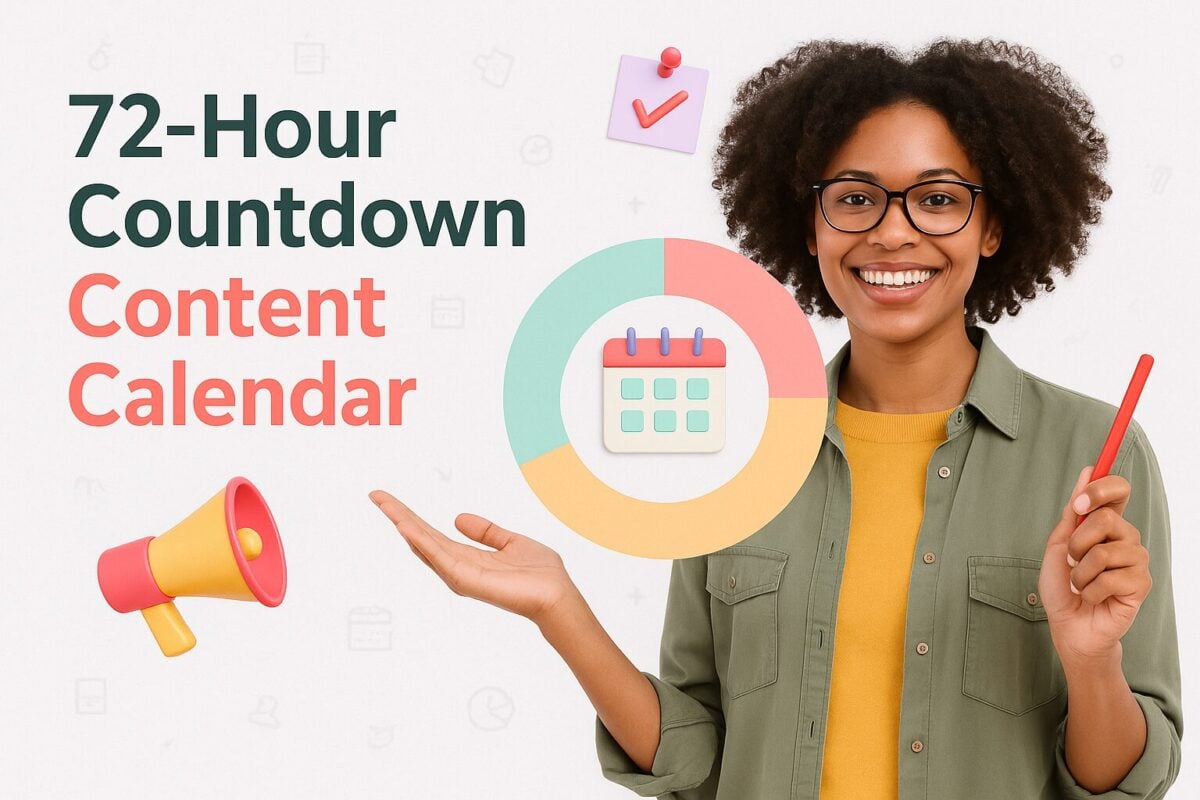Marketers continuously have to defend their choices and give proof of how (well) they’ve spent their allocated marketing budget. To help you stretch your marketing dollars further and justify your choice to buy digital ad inventory, you’ll need to become familiar with pricing models, like CPM.
CPM offers a number of perks to marketing teams, with its predictable pricing probably being the biggest benefit.
If you’re a publisher looking to monetize your website, you too can benefit from the CPM model. You don’t need to create a strategy to encourage clicks. Instead, you can simply devote your attention to ensuring that you generate enough traffic continuously and you’ll be rewarded with a steady source of income.
To help you make the most of CPM, here’s a quick overview of how it compares to other pricing structures. From targeting to testing ad copy, find out how to let it work in your favor.
What Is CPM in Digital Marketing?
Cost per mile (also called cost per thousand or abbreviated CPM or CPT) is one of the most popular pricing models used in programmatic advertising. It’s used to work out the cost of every 1,000 impressions of a specific advertisement and the most common strategy used by platform managers and websites to price their digital marketing service, with social media sites generally charging higher CPMs than websites.
Here’s what it will look like in practice:
If a website charges an advertiser a cost per mile (CPM) of $2, it means that the advertiser will have to pay $2 for every 1,000 impressions or views that the particular ad has generated.
How Do You Calculate CPM?
To work out the cost per mile, you can use the following formula:
You take the cost of running the specific ad (the total campaign spend) and divide it by the audience size of the platform (aka the number of impressions). Then, you multiply the answer by 1,000.
Alternatively, you can simply punch in your numbers and let our CPM calculator do the mathematical magic.
CPM Calculator Total cost of a campaign Cost per 1,000 impressions (CPM) Number of impressions
What’s the Average CPM?
To give you an idea of what you can expect to pay (or earn), the average cost per mile for social media advertising was $8.15 in Q3 2022.
That being said, keep in mind that the CPM tends to be significantly higher towards the end of the year. This is because there’s more demand for ad space. While it might be high, social media impressions have improved year-on-year by nearly 20%, according to data shared by Statista.
Other factors that can impact the CPM are location and platform. For example, the typical CPM can differ significantly, depending on your social media platform choice. According to data shared by WordStream, the typical CPM on Facebook Ads is about $10, while the typical CPM for Instagram ads used to be about half that amount. However, this has now increased with Instagram gaining in popularity. According to Revealbot’s data, the average Instagram CPM in June 2023 was just over $10.
As such, there’s not really something like an average CPM rate. Location, platform, and time all continuously impact the number. Sometimes it will be higher; sometimes it will be lower.
The Importance of CPM
By knowing what the CPM is, advertisers can get a better idea of how various marketing platforms compare in terms of cost-effectiveness. Alternatively, if they’re not interested in a comparison, they can simply ask for the CPM to find out more about the efficiency of a specific platform.
Aside from using it to determine the cost-effectiveness of different platforms, knowing this key number can help marketing departments to budget better. It makes it much easier to estimate how much you should set aside before you launch an ad campaign. This predictable pricing is one of the major benefits that the CPM pricing model has over CPC, another popular pricing structure we’ll explore next.
What’s the Difference Between CPM and CPC?
It’s important to keep in mind that CPM measures impressions. In other words, it ignores engagement like click-throughs.
Just because your ad was seen by 1,000+ doesn’t guarantee that it enjoyed the same level of engagement. It could be that it generated less than a tenth of that in terms of clicks or sales.
If you want to prioritize engagement and drive conversions, you’ll need to use cost per click (aka CPC). The CPC pricing model uses the number of clicks an ad has received during the ad campaign. It gives you a better idea into your campaign’s performance and the higher the number the more engaging and compelling your ad is. A high click-through rate (CTR) can also indicate that your target audience is interested in your offering.
What’s the Difference Between CPM and CPA?
Another three-letter abbreviation that you have probably heard is CPA. Short for cost per acquisition, CPA measures the number of times a visitor bought something after clicking on the ad, making it a key ingredient to affiliate marketing.
It’s an attractive pricing model as advertisers only have to pay when their ad has resulted in a sale. This makes it more cost-effective from their point of view.
However, advertising platforms typically prefer CPM over CPA as they only have to worry about generating website traffic.
Examples of Other Key KPIs
CPM (or CPT), CPC, and CPA are regarded as the main numbers you want to track for ad expense purposes. That being said, there are several other metrics and factors that you might also like to track such as:
- Conversion rate (you can use this to measure the performance of your landing page and website too)
- Customer lifetime value (CLV)
- Cost per lead (CPL)
- Domain authority and rating
- Return on marketing investment
- Bounce rate
- Page views
- Average time on page
- Traffic sources
4 Tips for Using CPM
If your main objective is to boost brand awareness and/or brand recognition or communicate a specific message, going the CPM route is a good idea. It’s also a great method for more established and bigger brands.
To help put this model to good use, consider the following:
1. Prioritize targeting
It’s key that you have an idea of who you want to target. Otherwise, you run a risk of spending money only to receive irrelevant leads.
To help you attract high-quality leads, make keyword research part of the ad creation process. By knowing which keywords to target, it becomes a whole lot easier to reach your target market.
Also, consider starting with a very niche audience first. This approach is especially useful for smaller businesses or brands with a limited budget.
2. Create high-quality content
With all ad types, your content matters. It should be eye-catching and memorable, while remaining clear and concise. This way, you’ll not only get your target audience to pause what they’re doing and take note, but also leave them with a great brand impression.
You can, for example, include customer testimonials or incorporate influencer marketing. Not only will this serve as social proof, but it also shows how your brand can help with specific pain points like limited cupboard storage, back pain, or a milk allergy. Then, let your ad copy support this, by letting it focus on your unique value proposition.
To help you fine-tune your ad copy, make testing a part of the process. Like a writer will edit his work, so should a marketer A/B test different ad copy versions to determine which one generates more impressions.
3. Keep benchmarks in mind
Getting impressions is wonderful, however, if it remains at only viewing, their value quickly decreases. This means that you don’t want to spend a small fortune on simply generating ad impressions. To help you determine if you’re getting good value for money, check the industry benchmark for digital ads. If you’re charged a CPM that’s in line with the industry average, consider it a win. Your goal shouldn’t necessarily be to pay the lowest as this could be a sign that you’ll be getting low-quality traffic.
4. Hire a paid media agency
Sure, online tools like our calculator can help a lot. However, considering that there are so many moving parts involved in online advertising, partnering with a paid media agency isn’t a bad idea.
To be successful at online advertising requires a combination of strategic planning, know-how, and flexibility to stay up to speed with algorithms and trends. From creating high-quality ad copy to targeting to campaign optimization, there are several reputable paid media agencies that can help you to create a relevant message for the right audience.
Wrapping Things Up
With the CPM model, the focus is on exposure. Introducing your target audience to your brand or a specific message is more important than clicks or sales.
It’s also an attractive route to take for publishers. If you attract a significant volume of traffic each month, you can be rewarded with a steady sum each month.
Considering that the cost per impression can quickly add up to a pretty sum, it’s best that you use all the tools available and plan properly. Depending on your needs, manpower, and budget, it might even make more sense to dedicate it all together to a marketing agency that specializes in this field, especially if you still feel overwhelmed by all the factors involved after reading this.
Frequently Asked Questions
What are some of the best paid media agencies to help with online ads?
There are a number of great paid media agencies that will help you to generate impressions and achieve your business goals. You can, for example, check out:
- Moburst
- Disruptive Advertising
- SmartSites
- NinjaPromo
- House of Marketers
- Socially Powerful
How much does it cost to advertise on Instagram?
As Instagram ads are sold via an auction environment, supply and demand has a major impact on the cost of Instagram ads. Other two factors that determine the cost to advertise on Instagram are the value that users are getting from your ad and the estimated action rates. That said, to give you an idea of what you can expect to pay, in 2023 the average Instagram CPM ranged between $7 and $10. The CPC for this period was much lower and ranged between about $0.9 and $1.6.
How can you lower your Instagram CPM?
There are many reasons why your Instagram CPM could increase. Sometimes it can simply be because of a bad day, in which case it can be a good idea to use automated rules or automation software to pause ads for a day. Other ways to try and lower your cost include by using automatic placements or paying more attention to the audience that you’re targeting. You can also consider changing the goal of your campaign.
Is it expensive to advertise on TikTok?
Compared to social media platforms like Instagram and Facebook, it can be expensive to advertise on TikTok. Considering that ads on TikTok have been introduced only recently, the platform can afford to charge a premium rate for their ads. To give you an idea, the CPM for TikTok ads start at $10. Add to that the fact that you need to spend at least $500 per campaign and the costs add up.




